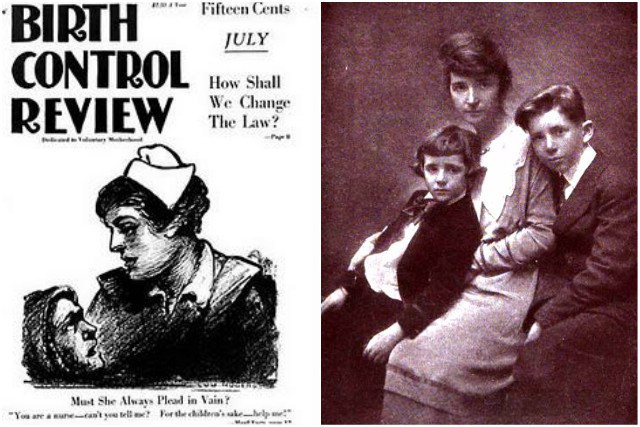Margaret Higgins Sanger was born on September 14, 1879, in Corning, New York. She was one of eleven children born to Michael Hennessey Higgins and Anne Purcell Higgins.
Her father was an Irish-born freethinker who eked out a meager living as a stonemason and her mother was a hard-working, devoutly Roman Catholic Irish-American.
Margaret attended Claverack College and the Hudson River Institute before enrolling at White Plains Hospital as a nurse probationer in 1900. She gave up her education in 1902 when she married the architect William Sanger. The couple had three children, one of whom died in childhood.
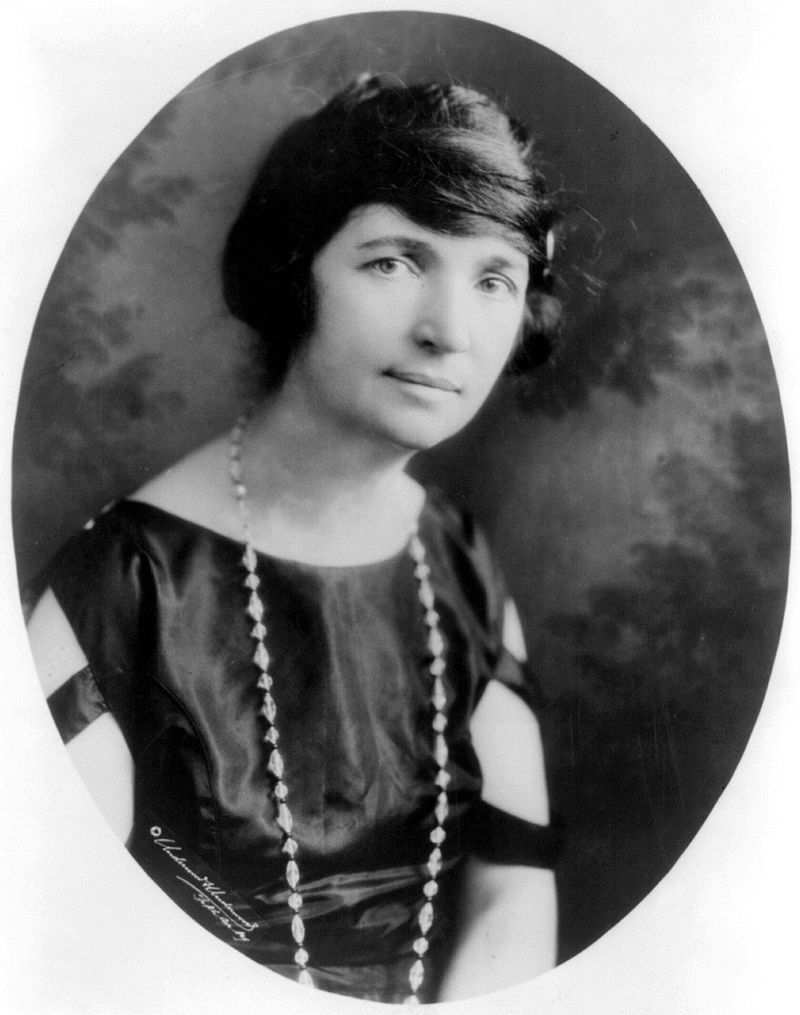
Her mother’s premature death changed her life. She had given birth to eleven children and suffered seven miscarriages and Margaret believed that her mother’s repeated pregnancies had weakened her body to the extent that she was unable to recover from the illness. This experience led her to become a nurse.
In 1910, the Sangers moved to New York City, where Margaret worked as a visiting nurse in the poor areas of the city. Many of her patients were immigrant women that suffered the health consequences of botched abortions and repeated pregnancies, just like her mother in the past.
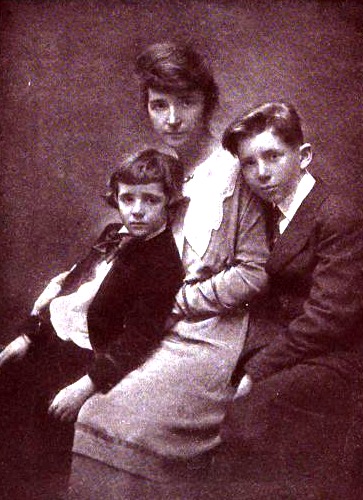
She believed that the ability to limit family size was a key component to maintaining women’s health and wanted every woman to be informed about the use and legalization of birth control and contraceptives.
Around this time, Sangers began writing a column for the New York Call entitled, “What Every Girl Should Know.” She also began dreaming of a “magic pill” to be used to control pregnancy.
In 1913, she began publishing a monthly newspaper, The Woman Rebel, and first coined the term “birth control.” She was soon arrested since it was illegal to send out information on contraception through the mail. She was about to face a five-year jail sentence, but she fled to England.
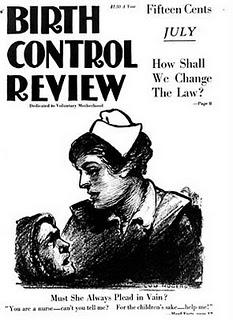
Charges against her were dropped in 1915 and she returned to the United States. She began nationwide lecturing in order to promote birth control. In 1916, she opened a family planning and birth control clinic, the first of its kind in the United States. She was arrested for the second time, charged with providing information on contraception and fitting women for diaphragms, and spent 30 days in jail.
Sanger started a new magazine in 1917, The Birth Control Review, and in 1921 she organized the first American birth control conference where she established the American Birth Control League, a precursor to today’s Planned Parenthood Federation of America.
In 1923, Sanger opened the first legal birth control clinic, called the Clinical Research Bureau. She was president of the American Birth Control League until 1929 and after that, she helped win a judicial decision that permitted American doctors to give out information about birth control.
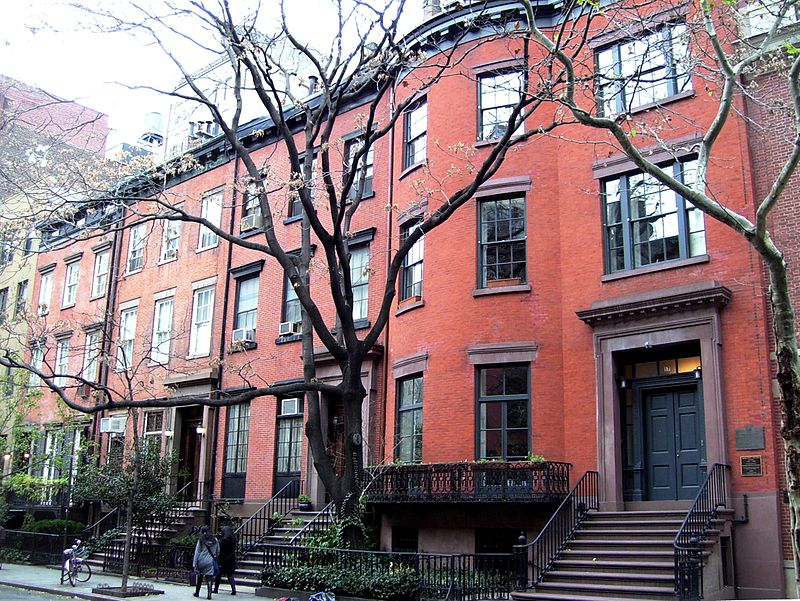
She continued to advocate for birth control even after she retired in the early 1940s. She fostered research projects to develop spermicidal jellies and foam powders, and finally hormonal contraceptives.
One year before she died, the Supreme Court made birth control legal for all married couples. Margaret Higgins Sanger died on September 6, 1966, in a nursing home in Tucson, Arizona.
